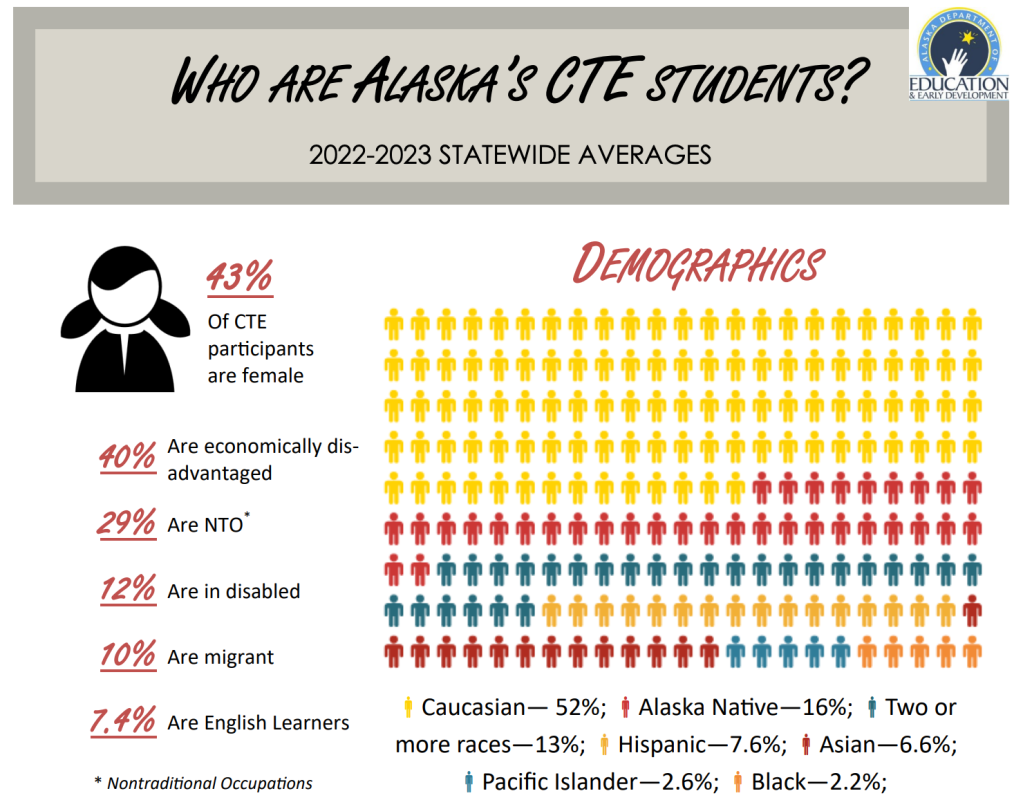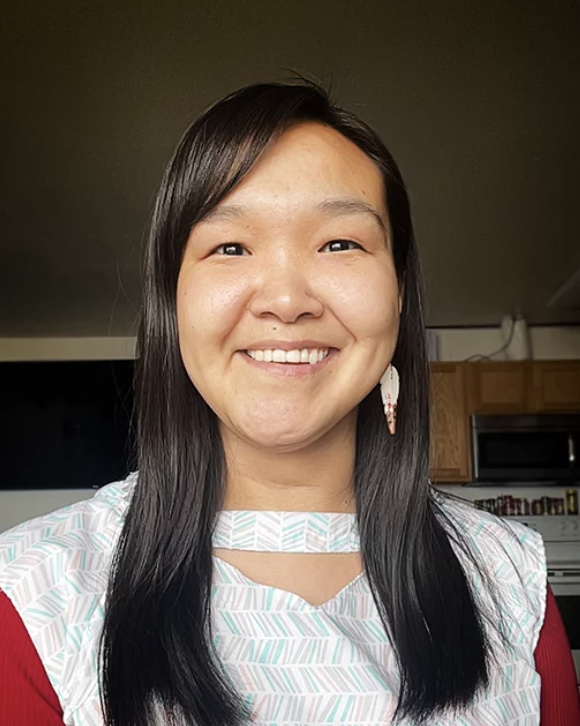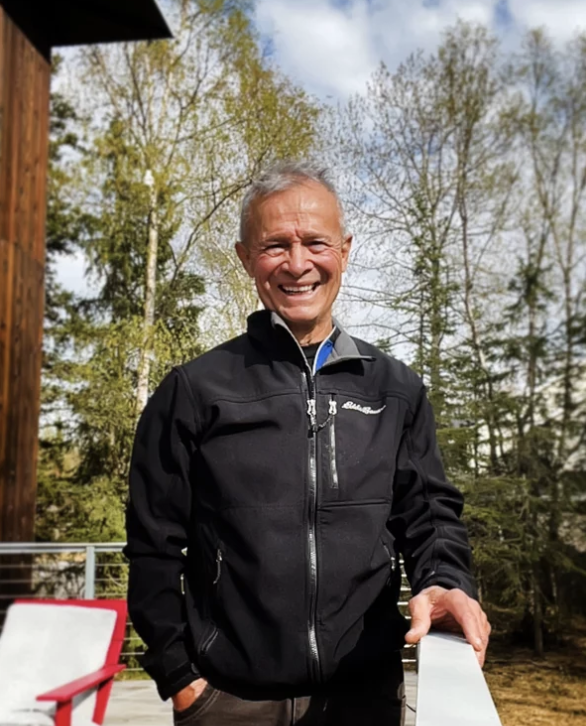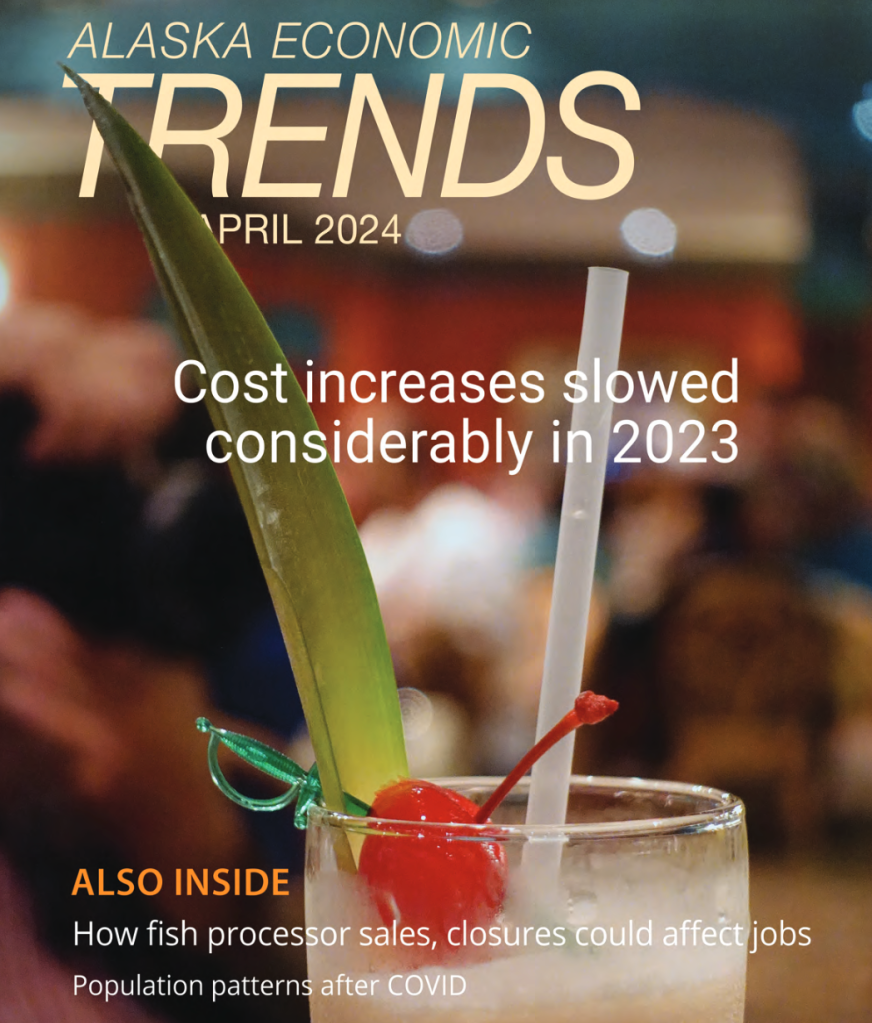
View the entire infographic here.

View the entire infographic here.



Above from left to right: First-grade teacher Amelia Tulim is starting her career in the same school she attended as a child in Chevak (Photo by LA Johnson, NPR); Once a month, teacher mentor Ed Sotelo takes three planes to get to Tulim’s classroom in Chevak (Photo by LA Johnson, NPR); Snowmobiles glide across the tundra at sunset in Chevak (Photo by Joseph, Flickr).
Nationwide, teachers are in short supply. That’s especially true in small, isolated districts, the kind that are easy to find in Alaska. Here, hiring teachers is only half the battle. Keeping them is hard, too. Alaska is especially hit hard by the teacher shortages, losing roughly one in four teachers every year. But research shows there is a powerful thing schools can do to retain teachers — pair them up with veteran teacher mentors. NPR’s Cory Turner shares the story of one effort to get mentors out to Alaska’s most remote schools — the Alaska Statewide Mentor Project (ASMP).
The story follows the experience of Chevak first-grade teacher, Amelia Tulim, and the meaningful mentorship of ASMP’s veteran teacher, Dan Sostelo.
Click here to listen to the story or read the transcript.

A drink on an Alaska cruise, photo by Flickr user Paul O’Russa under Creative Commons license.
Gunner Shultz, economist with the Alaska Dept. of Labor and Workforce Development, explains what 2023 drops to inflation rates means to Alaska. Although rates decreased, this does not mean prices decreased —prices went up less than they did the year before.
The April edition also features seafood processing and closures, post-covid population trends, and the monthly Gauging the Economy report.
Read the full edition here.
Trends is a nonpartisan, data-driven magazine that covers a variety of economic topics in Alaska.
Source: Alaska Department of Labor & Workforce Development, Research & Analysis

Alaska planners have identified mariculture workforce development as an important strategic area, essential to growing the current industry into a major sector in the state economy over the next 20 years. This plan covers goals, strategies, and action steps for meeting the current and forecasted training needs for a growing mariculture industry.
The state of Alaska supported the creation of the Alaska Mariculture Workforce Development Plan to increase mariculture economic development. This plan was overseen by the Alaska Mariculture Cluster, funded by a U.S. Department of Economic Development Administration Build Back Better Regional Challenge Grant awarded to the Southeast Conference.
Click here to view the plan.
Source: Alaska Sea Grant.

In July 1936 , Vernon Evans (center)and his family left their grasshopper-ridden and drought-stricken home in Lemmon, South Dakota, for a new start in Oregon or Washington. The family is shown here near Missoula, Mont., where they were stopped by the photographer, who worked for the Resettlement Administration. Evans said in the interview, which is recorded at livinghistoryfarm.org, that he made about 200 miles a day in his Model T Ford and they slept in a tent. The family hoped to get to Yakima, Wash., in time to pick hops. They eventually made it to Oregon, where Evans took a job with the railroad. Photo by Arthur Rothstein, archived at the Library of Congress.
Eric Sandberg of the Alaska Dept. of Labor and Workforce Development discusses Alaska’s 10+ year streak of net migration in comparison to losses among the rest of the country. Sandberg explores which states have been through similar periods of net migration losses and why, and how long they lasted.
The March edition also provides the monthly report Gauging the Economy.
Read the full edition here.
Trends is a nonpartisan, data-driven magazine that covers a variety of economic topics in Alaska.
Source: Alaska Department of Labor & Workforce Development, Research & Analysis